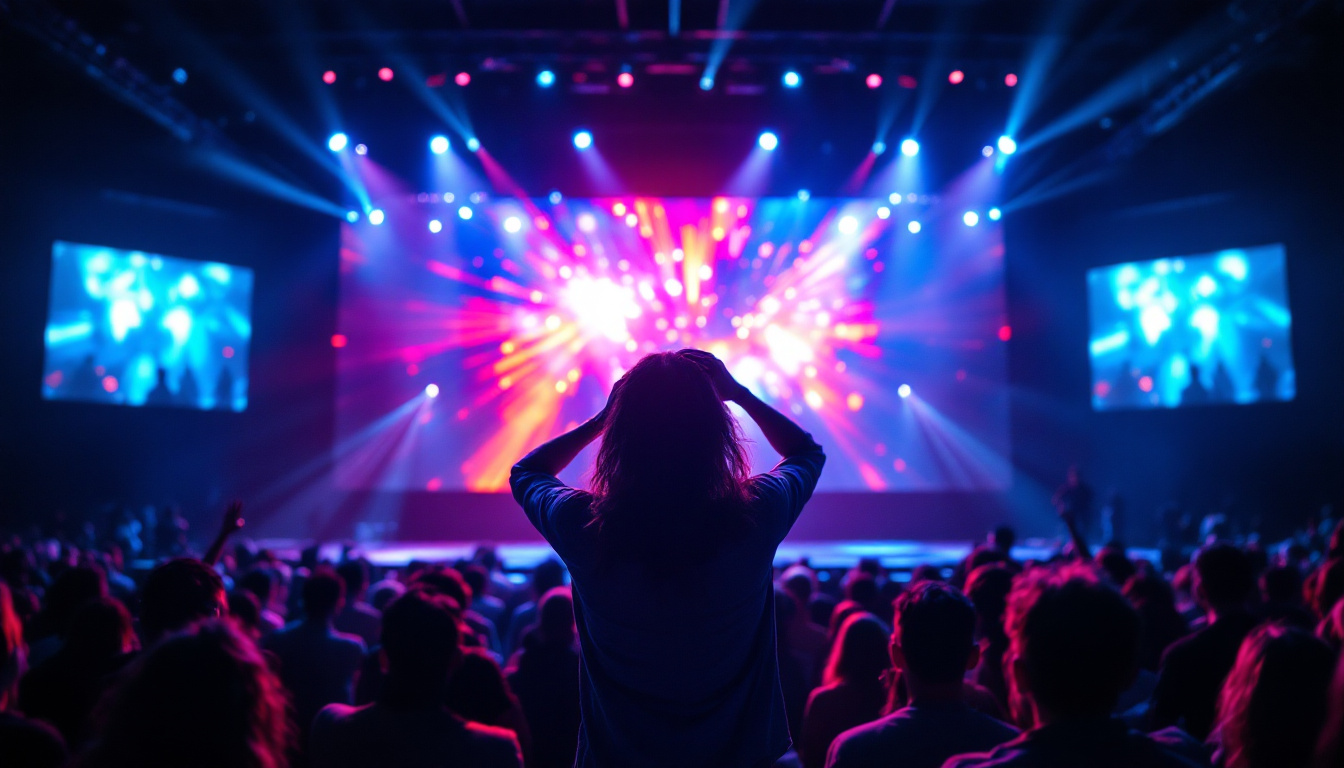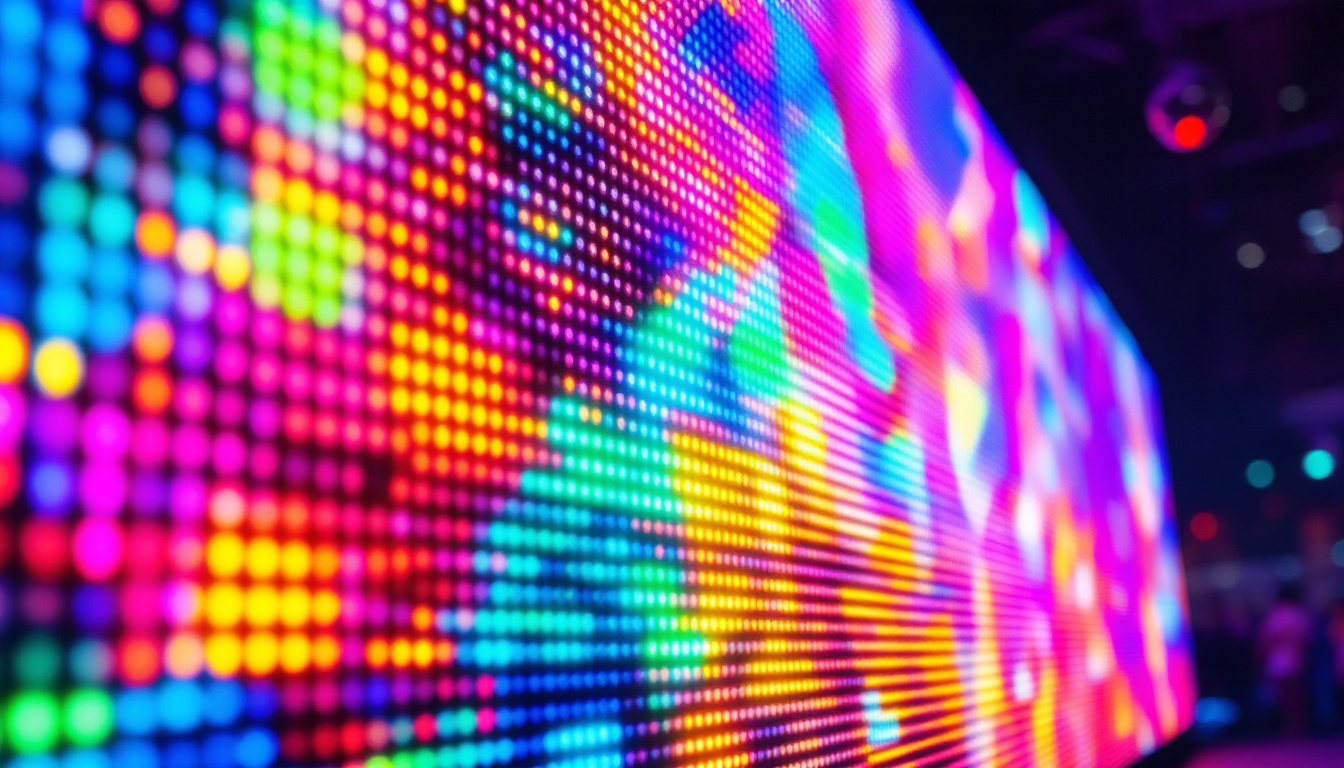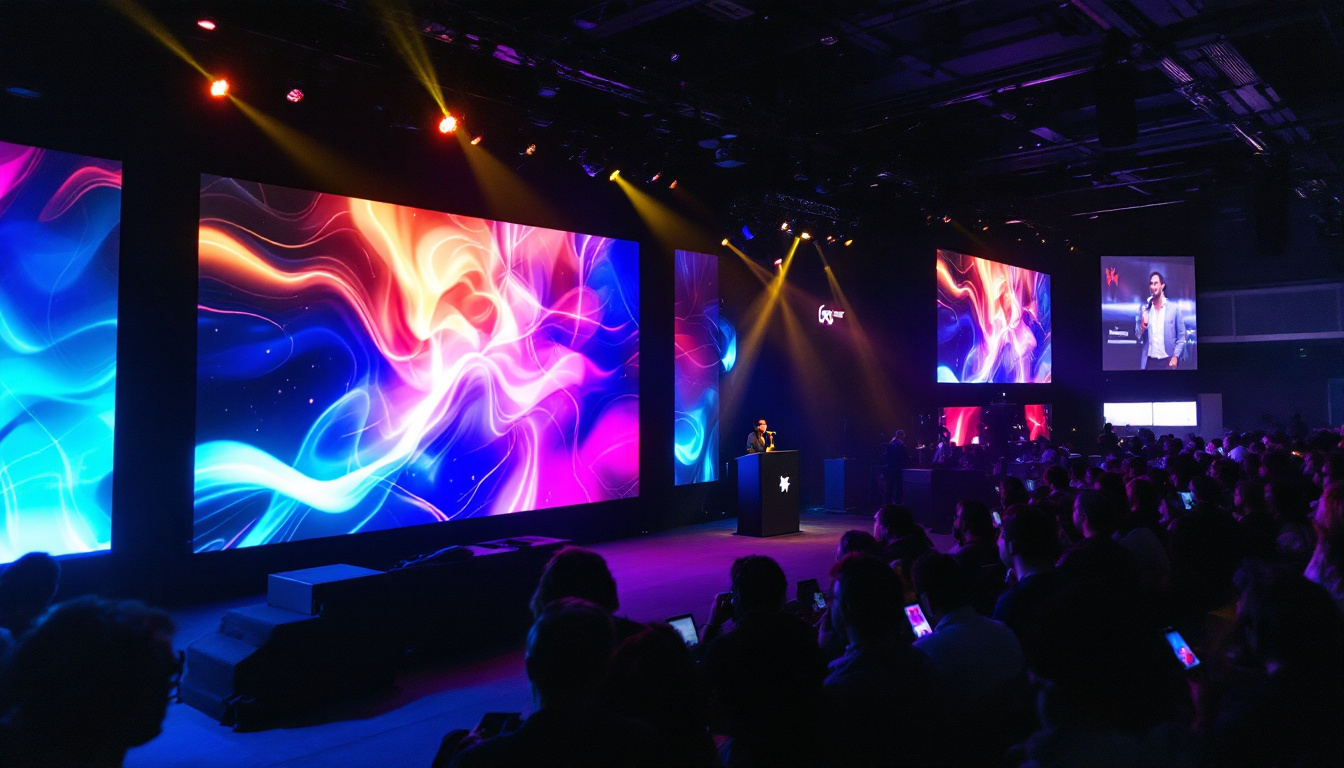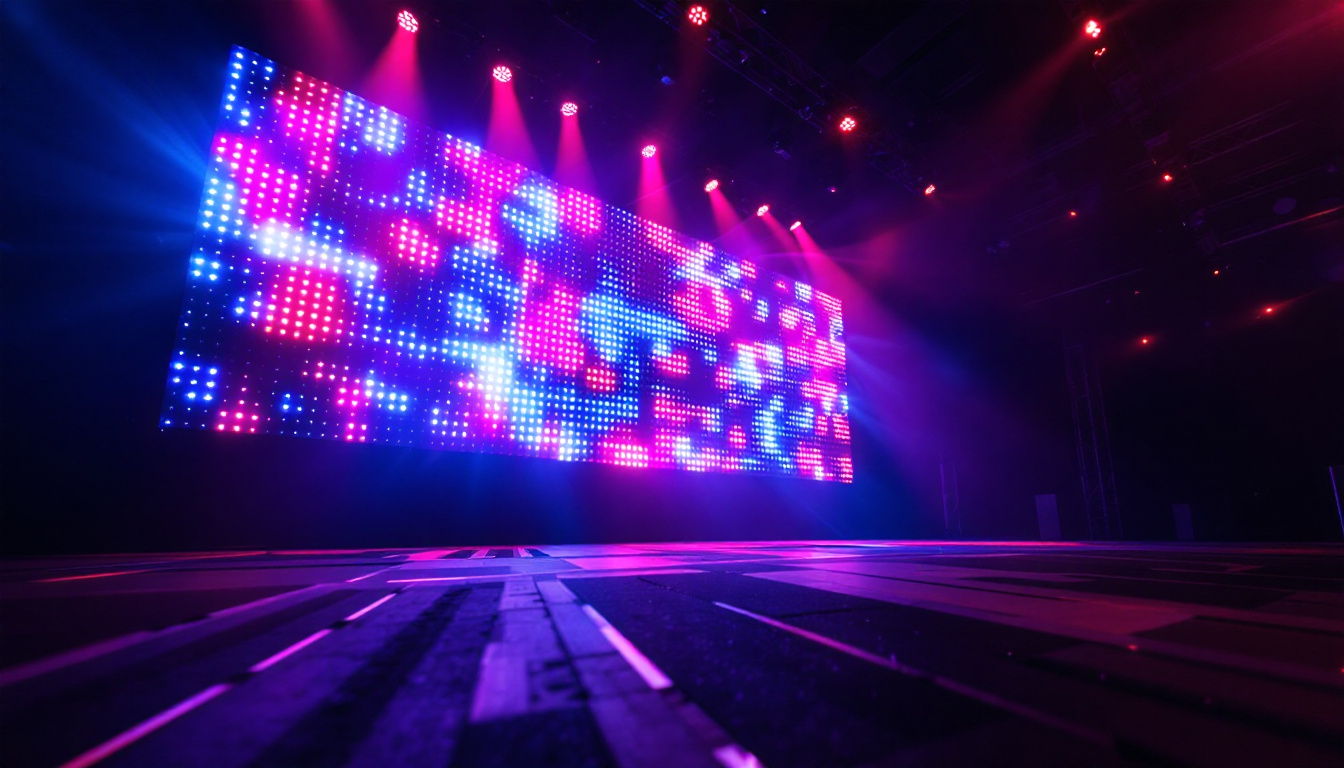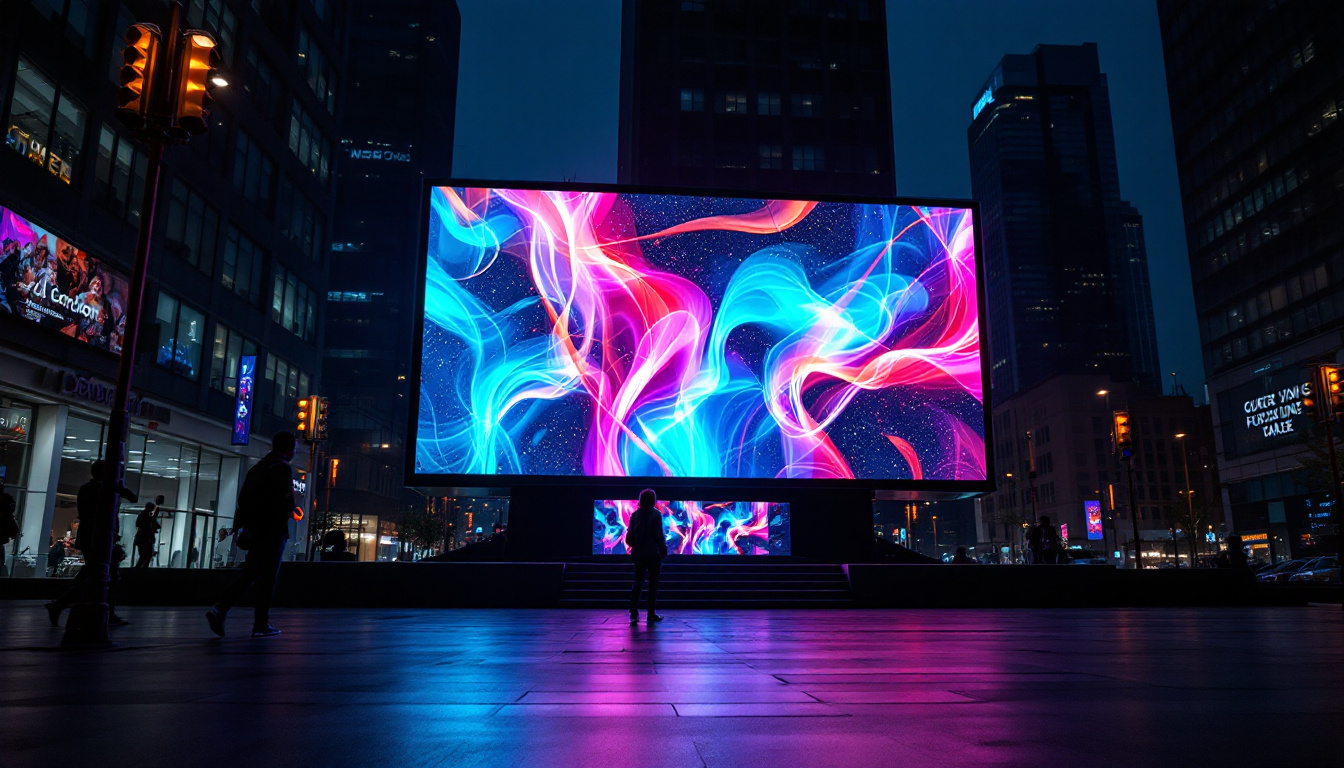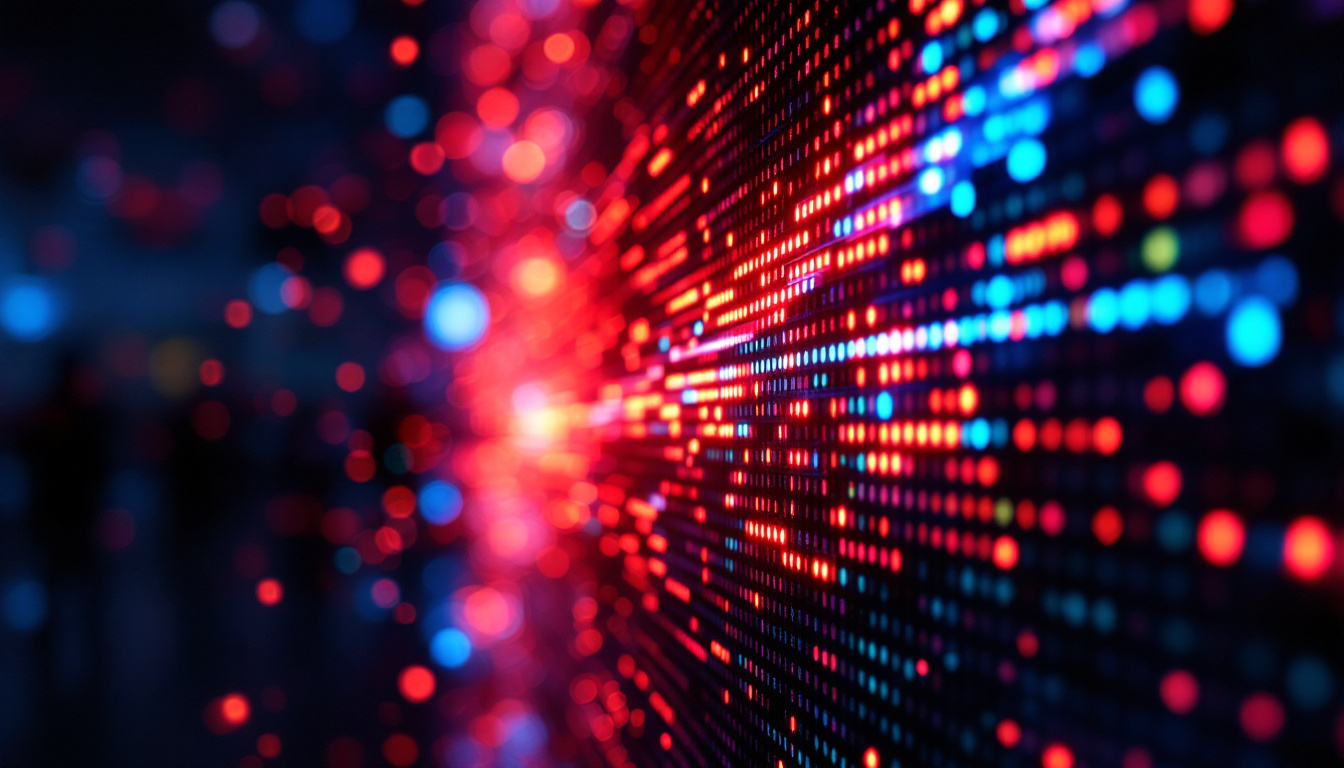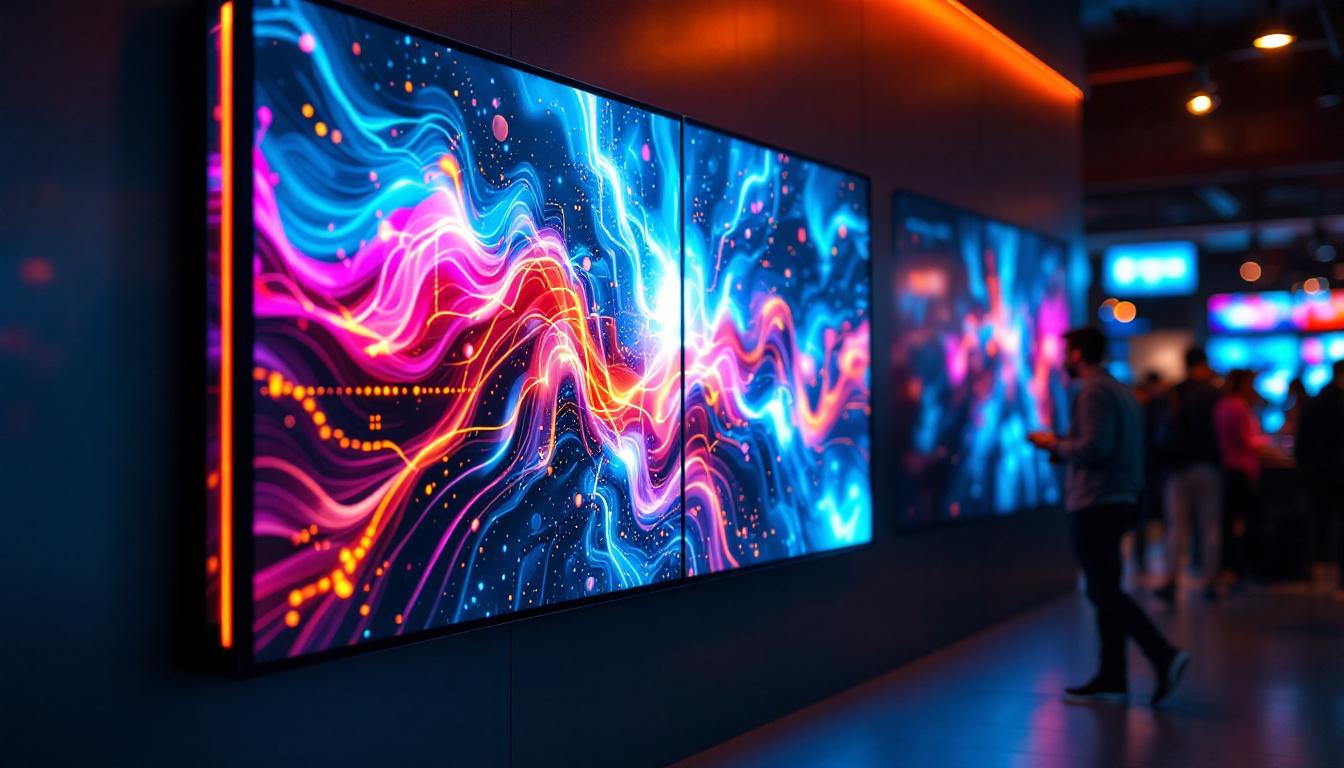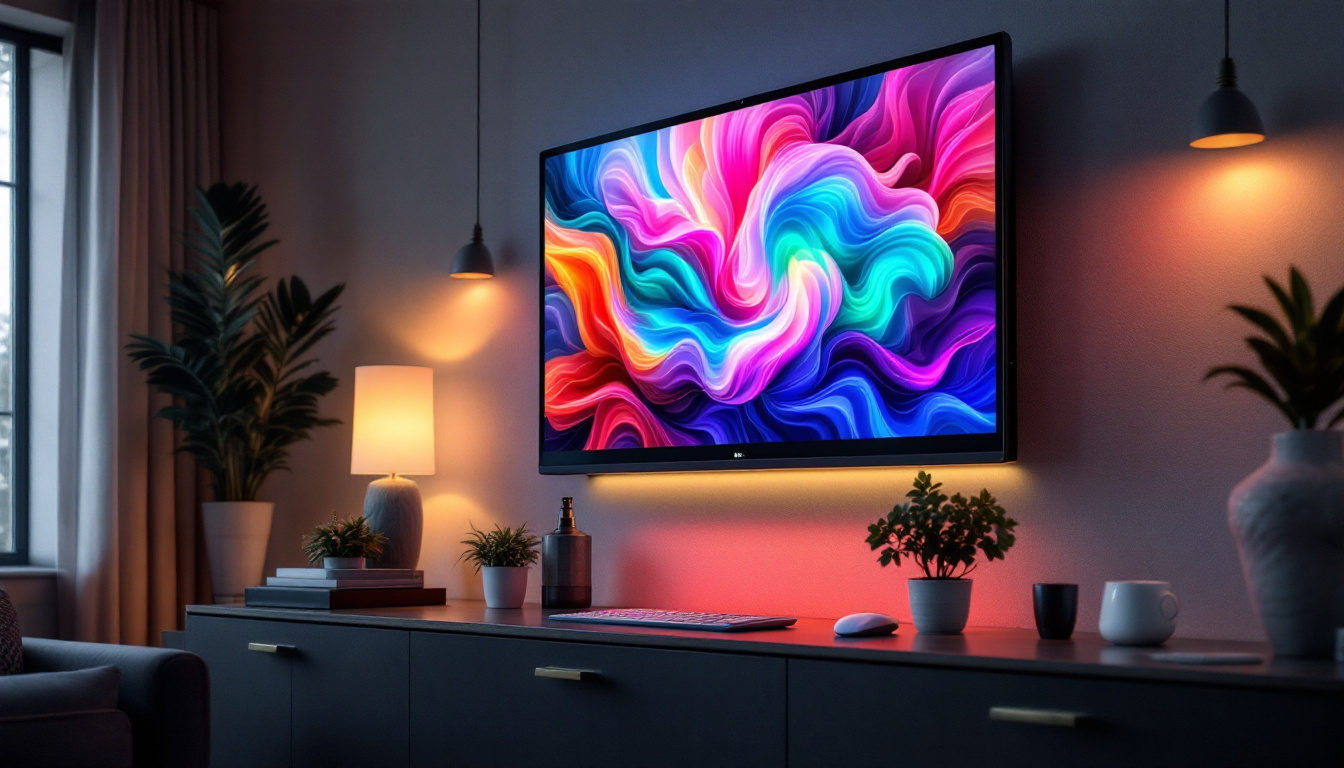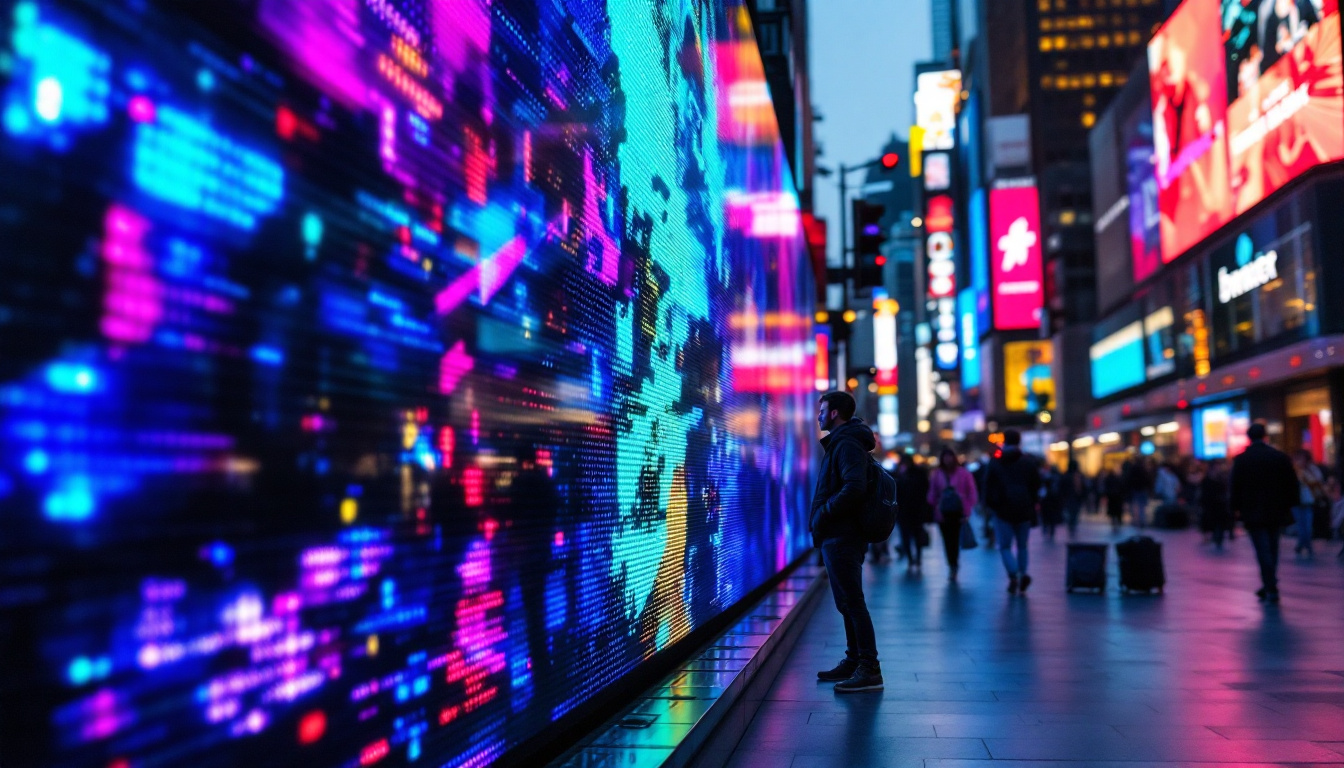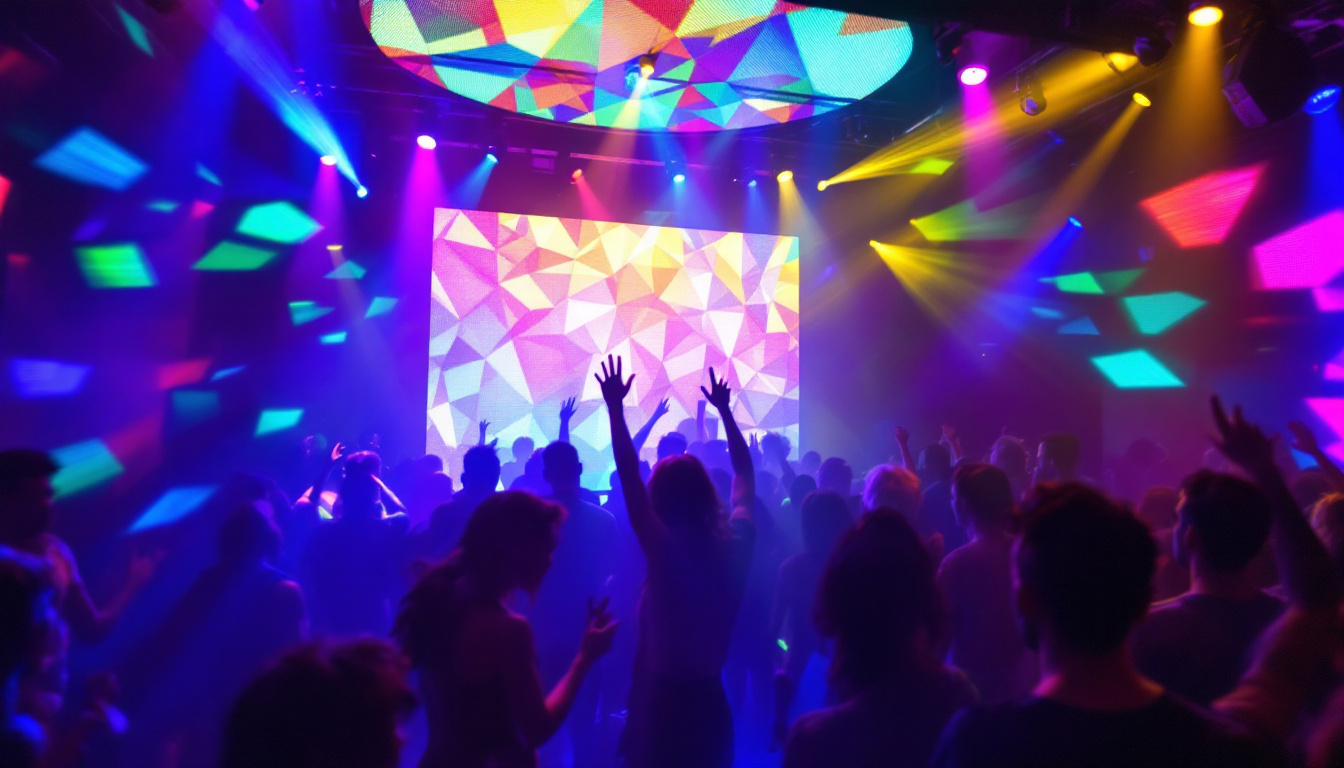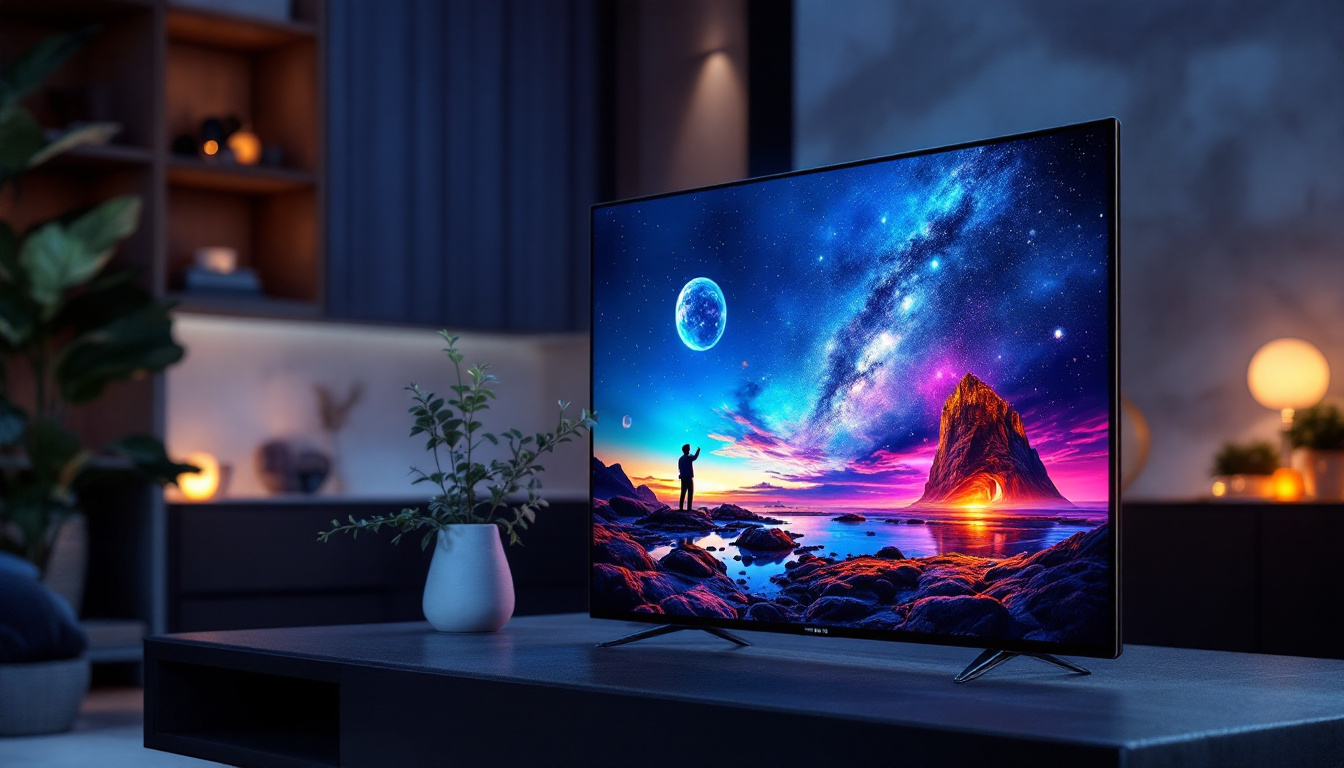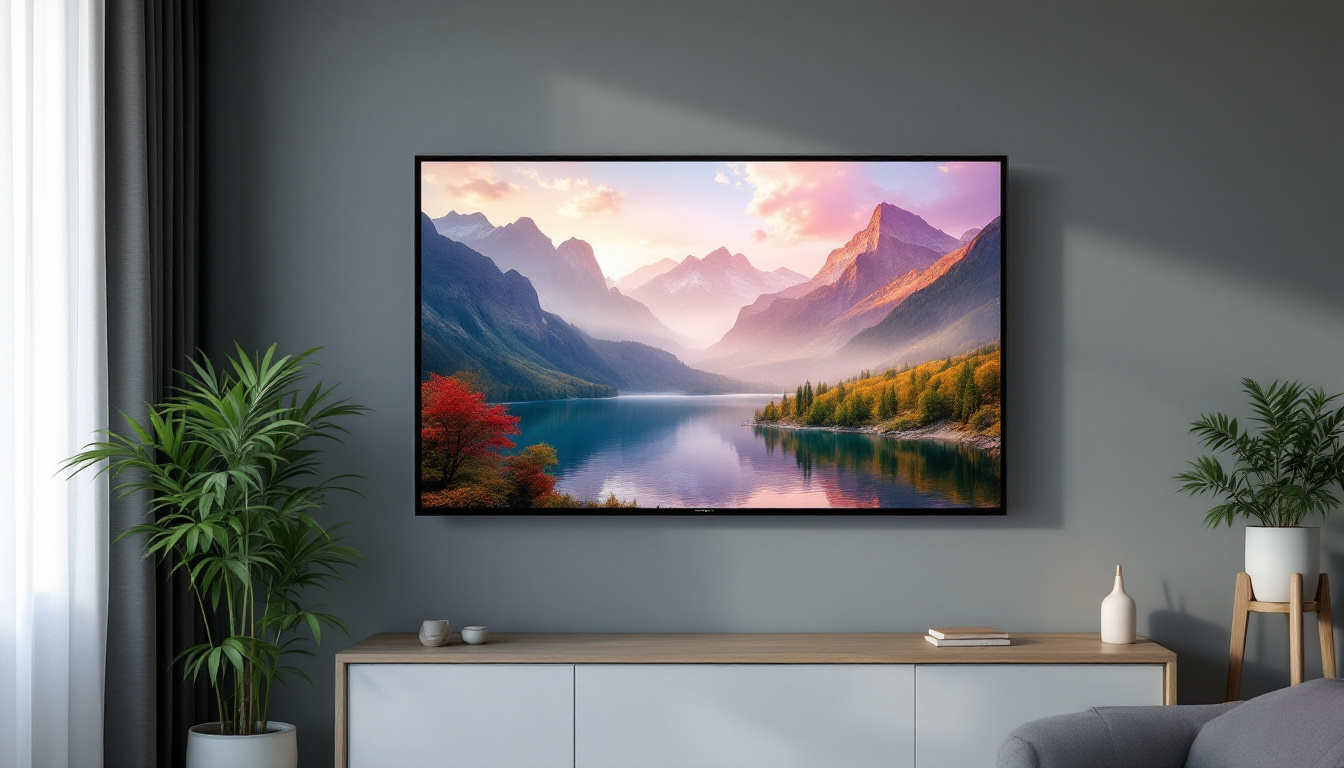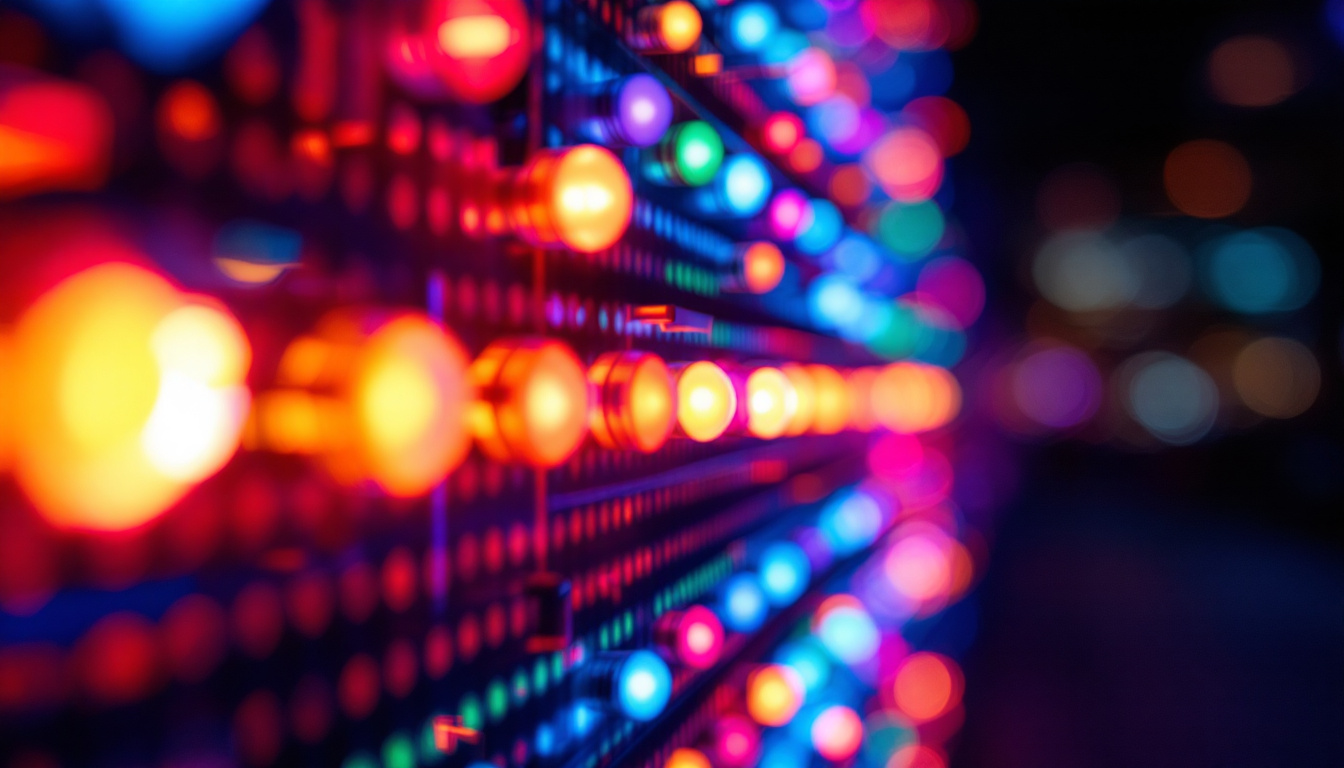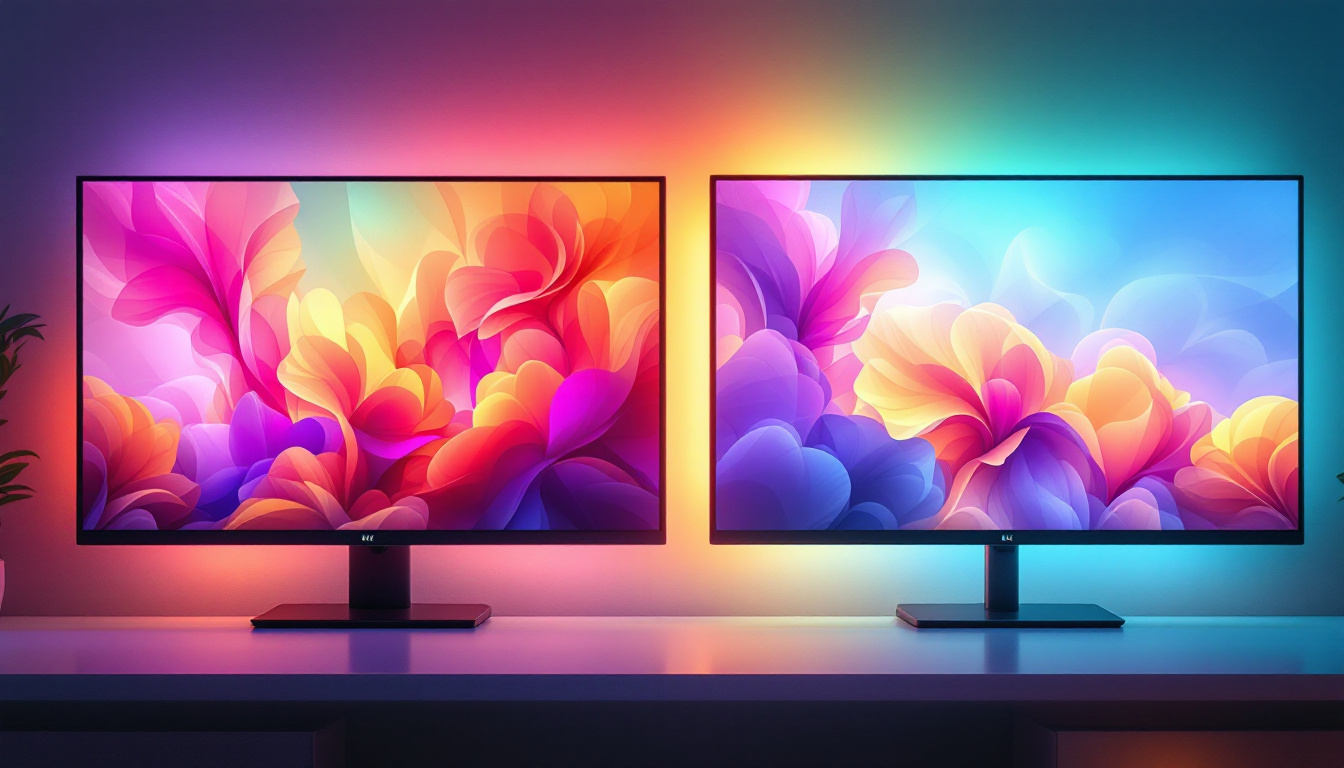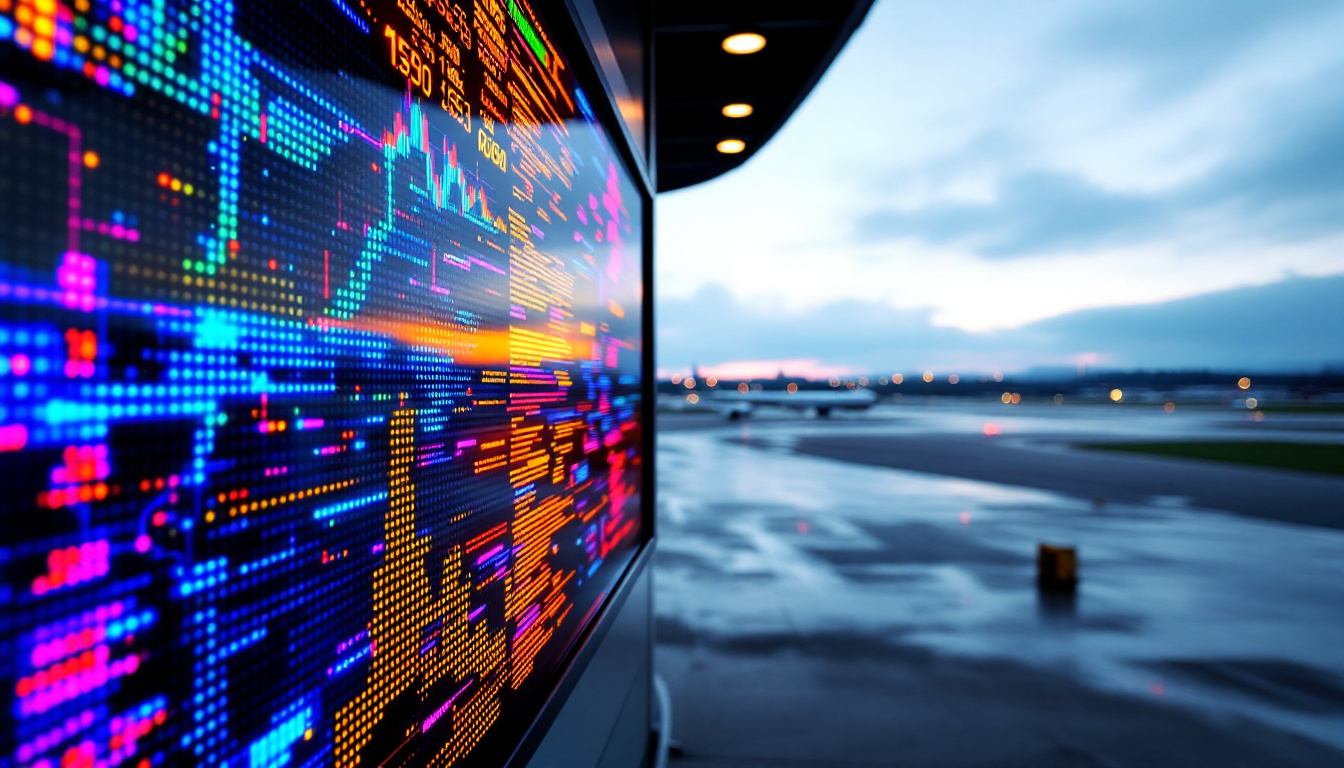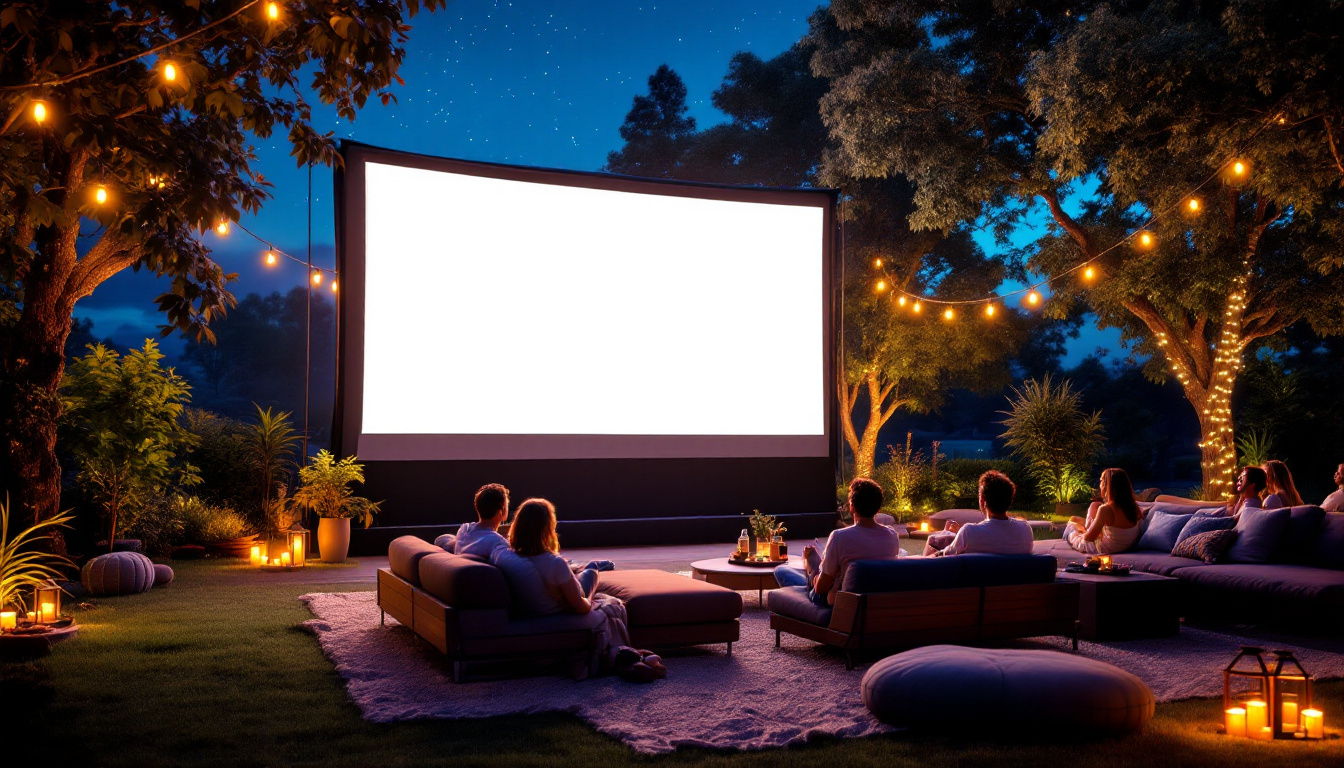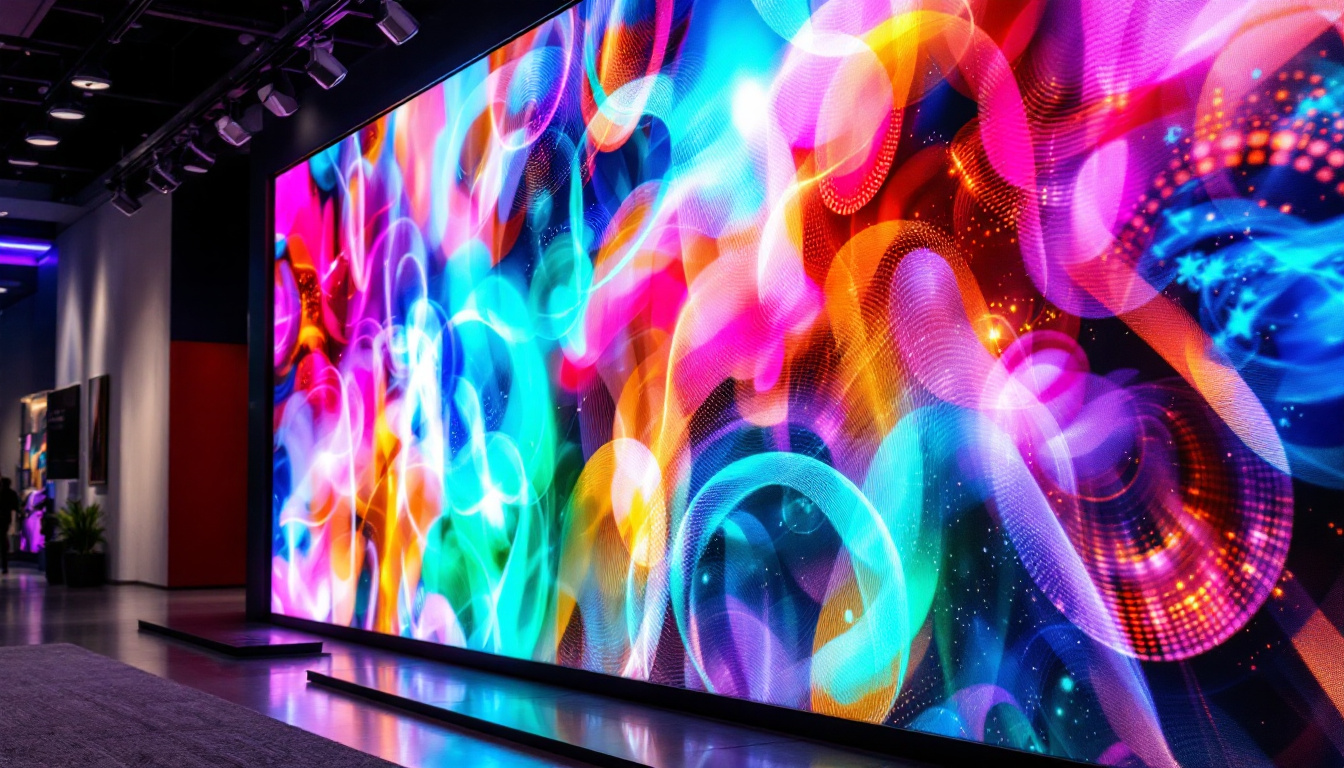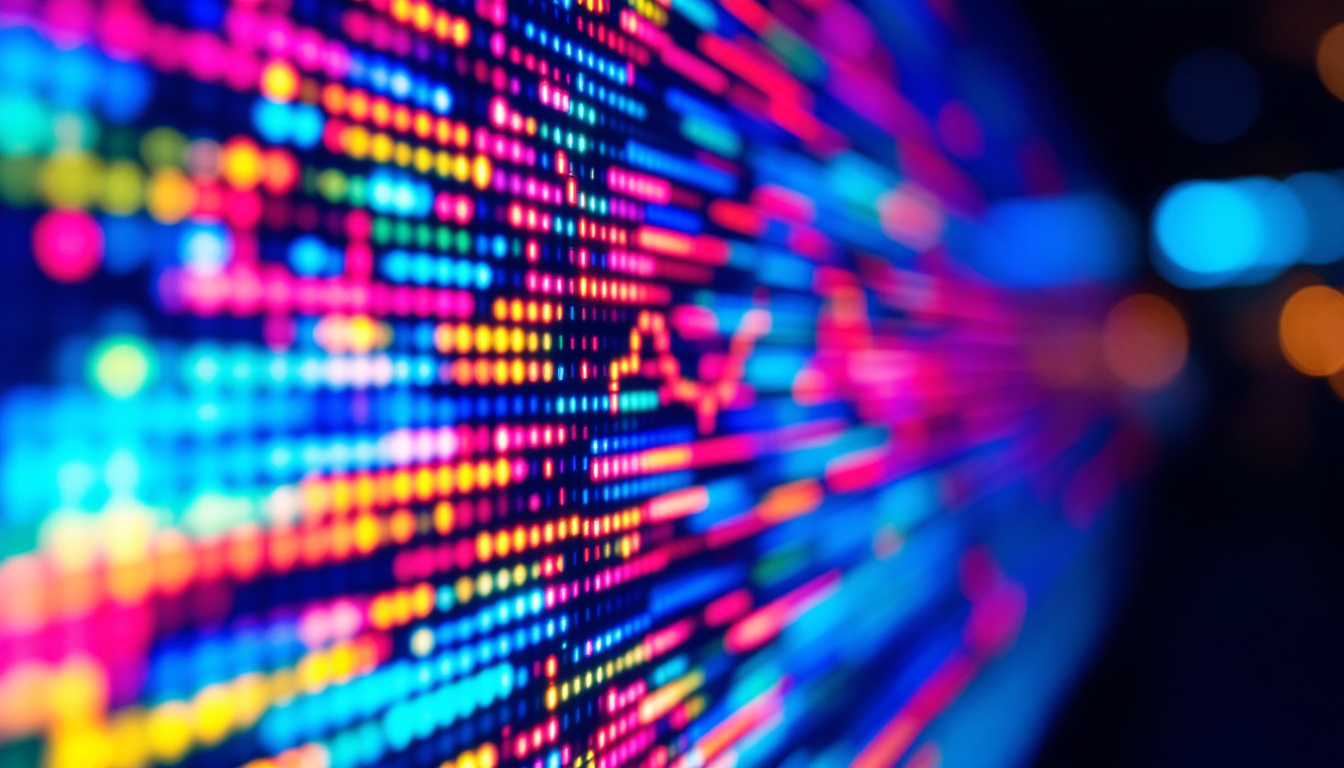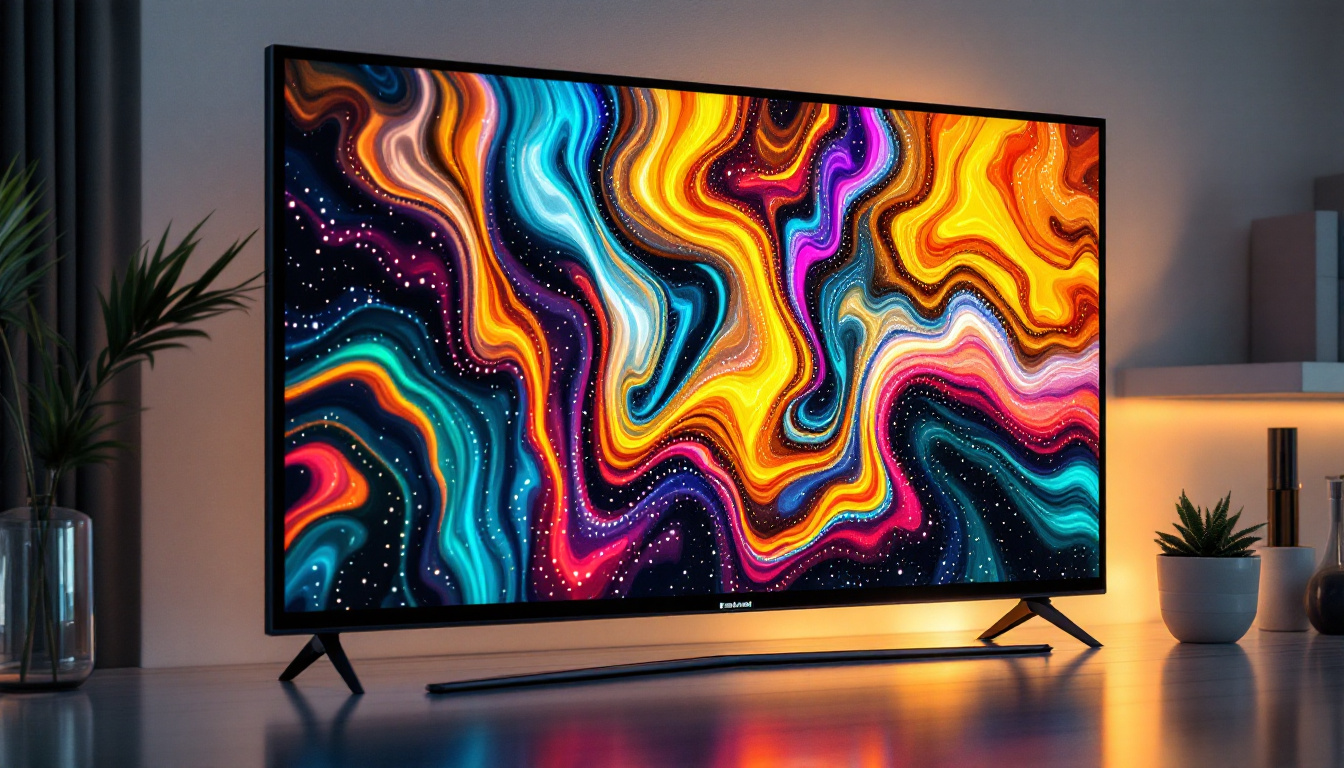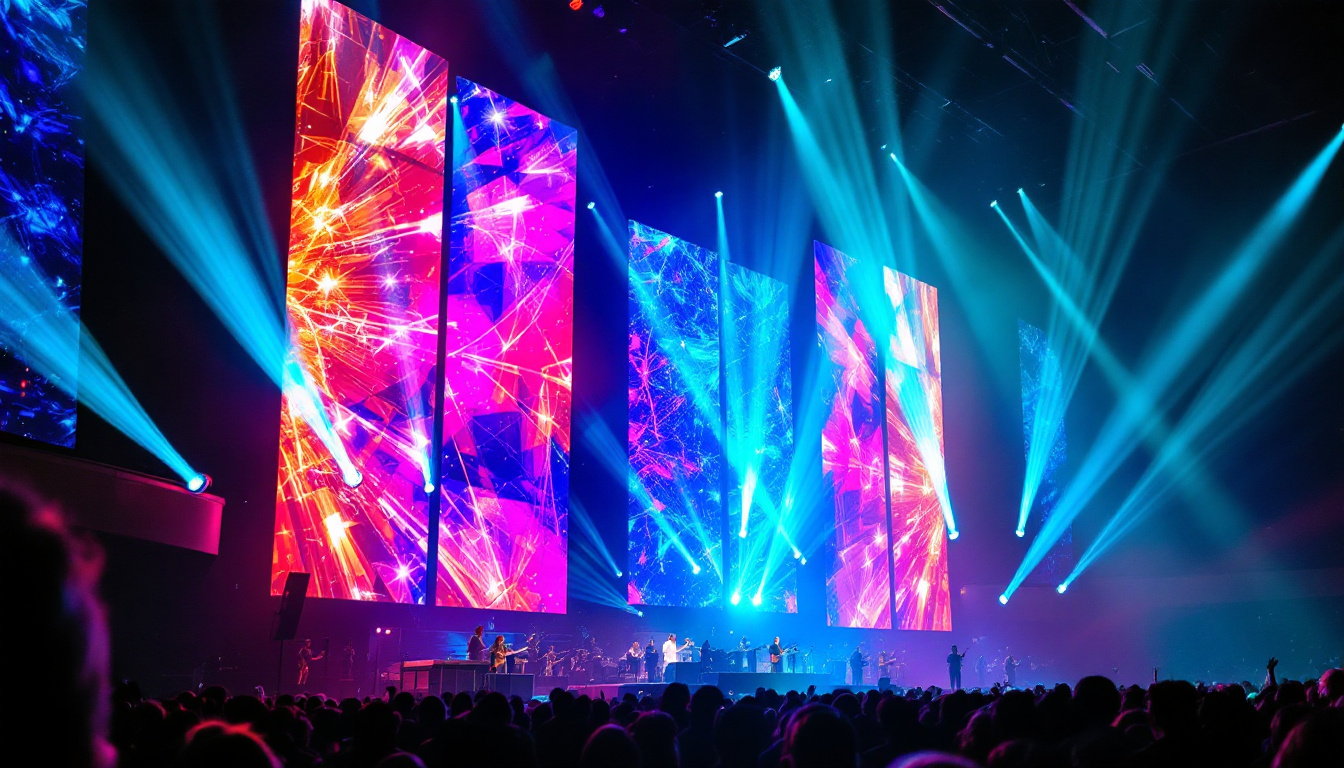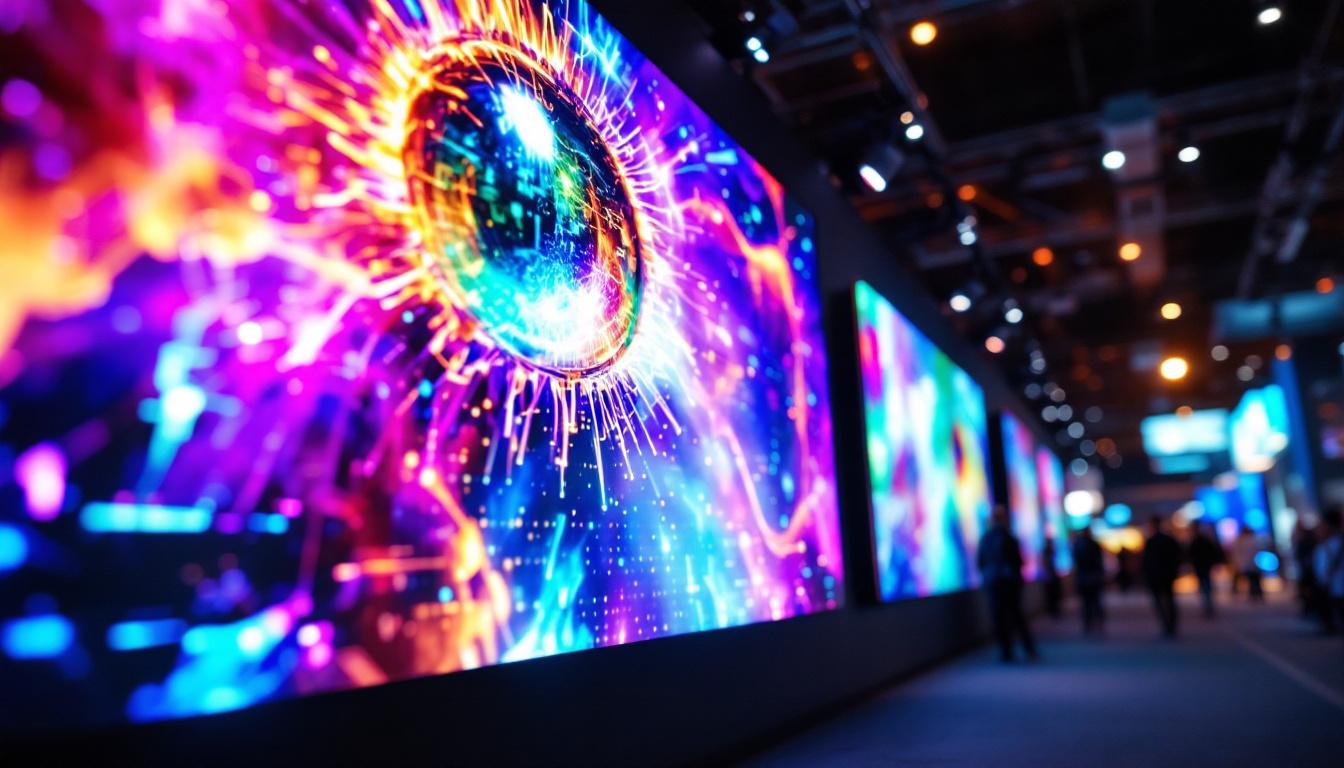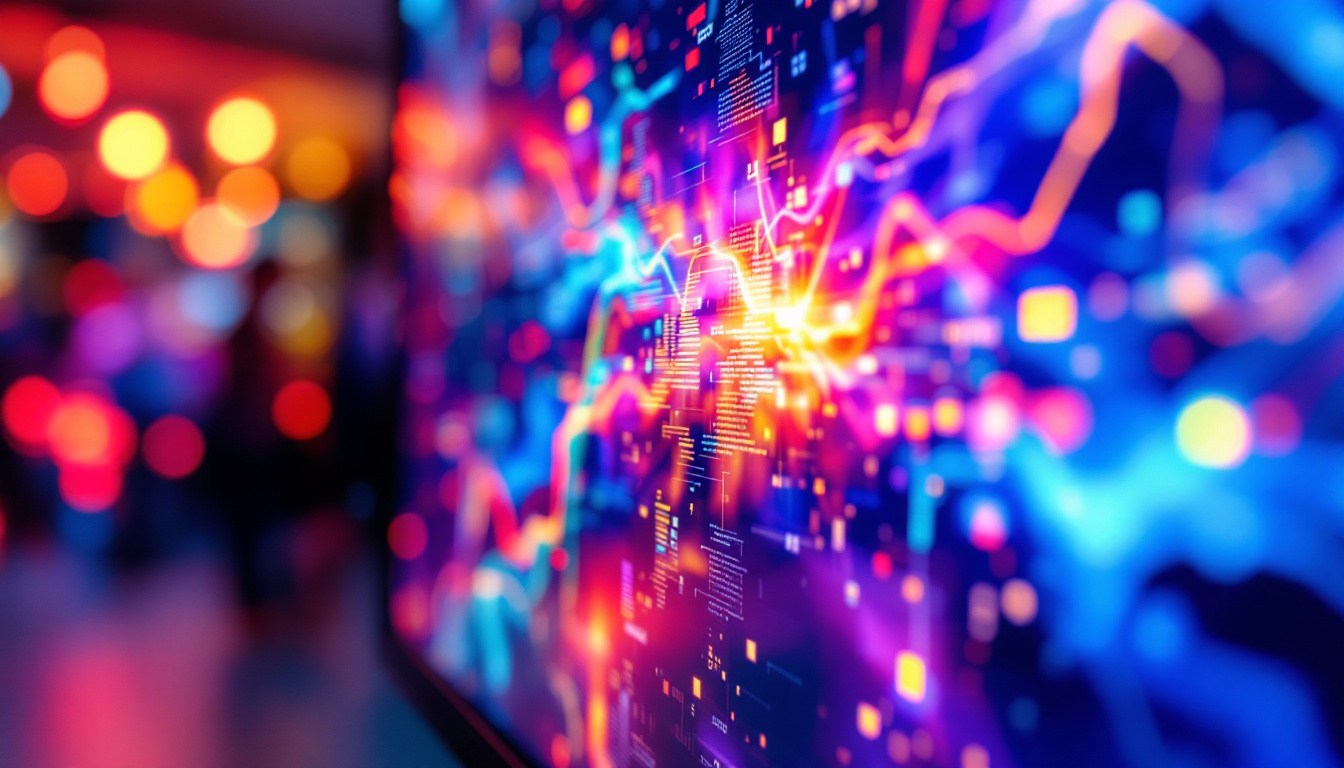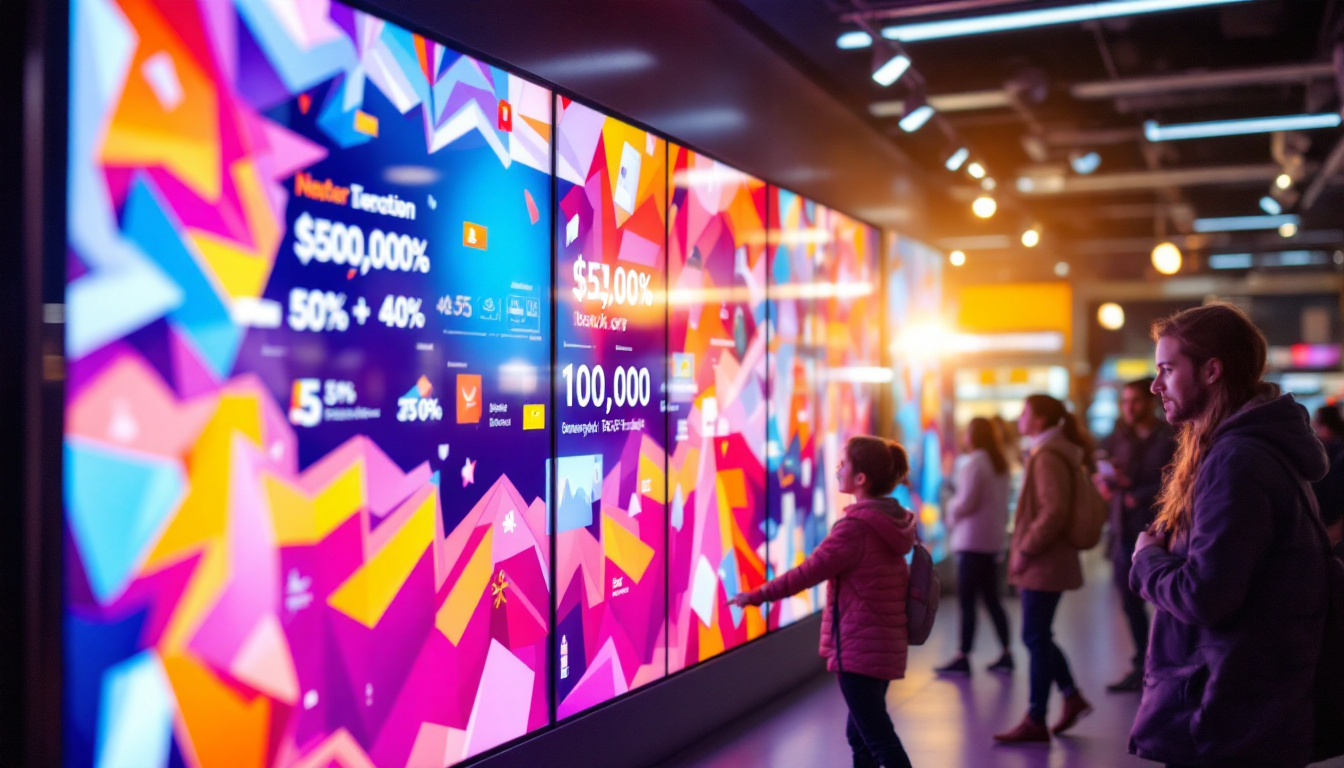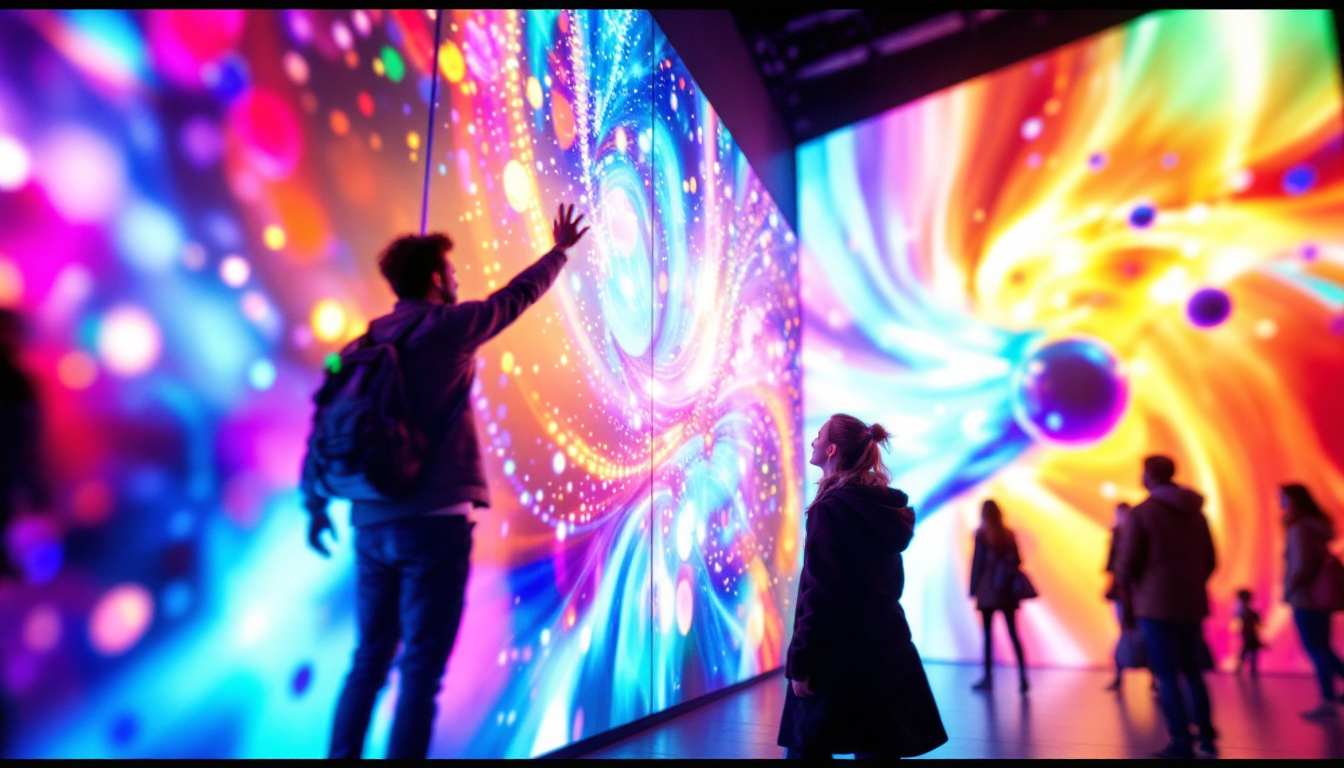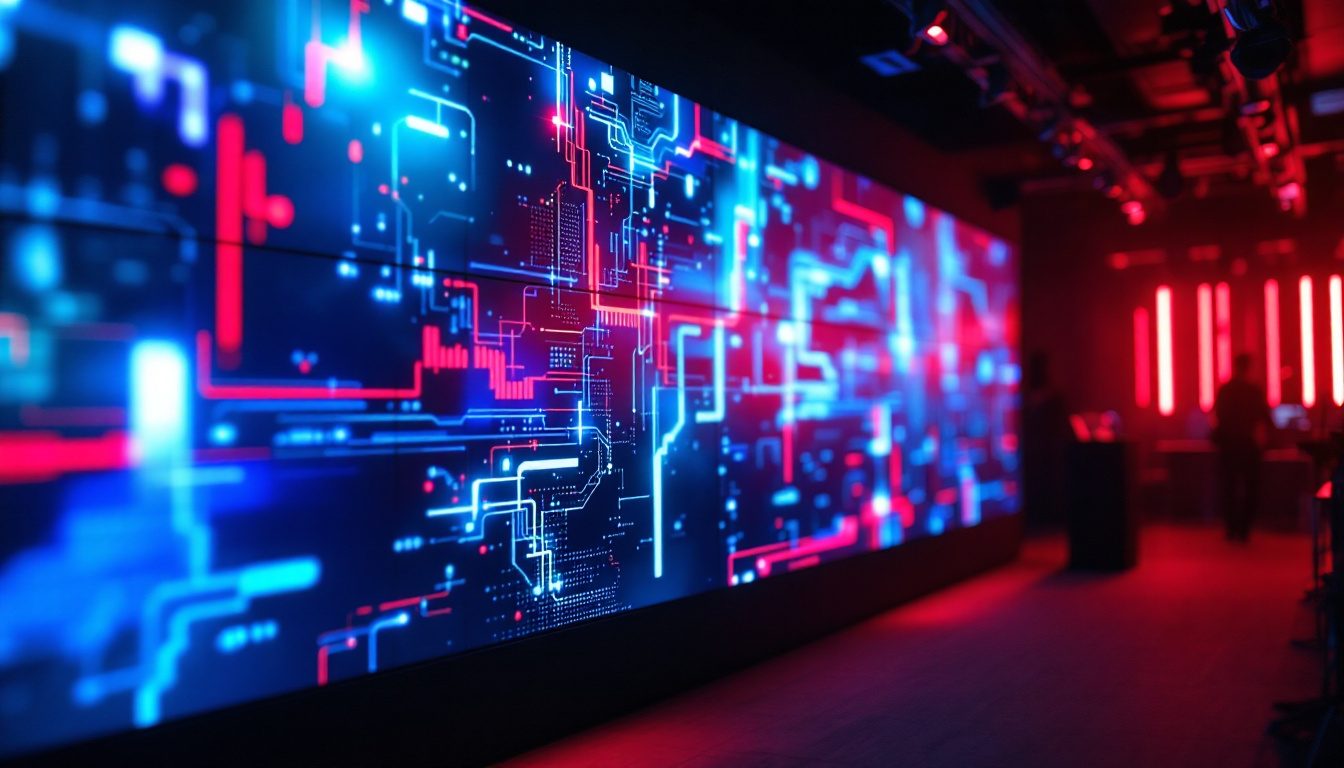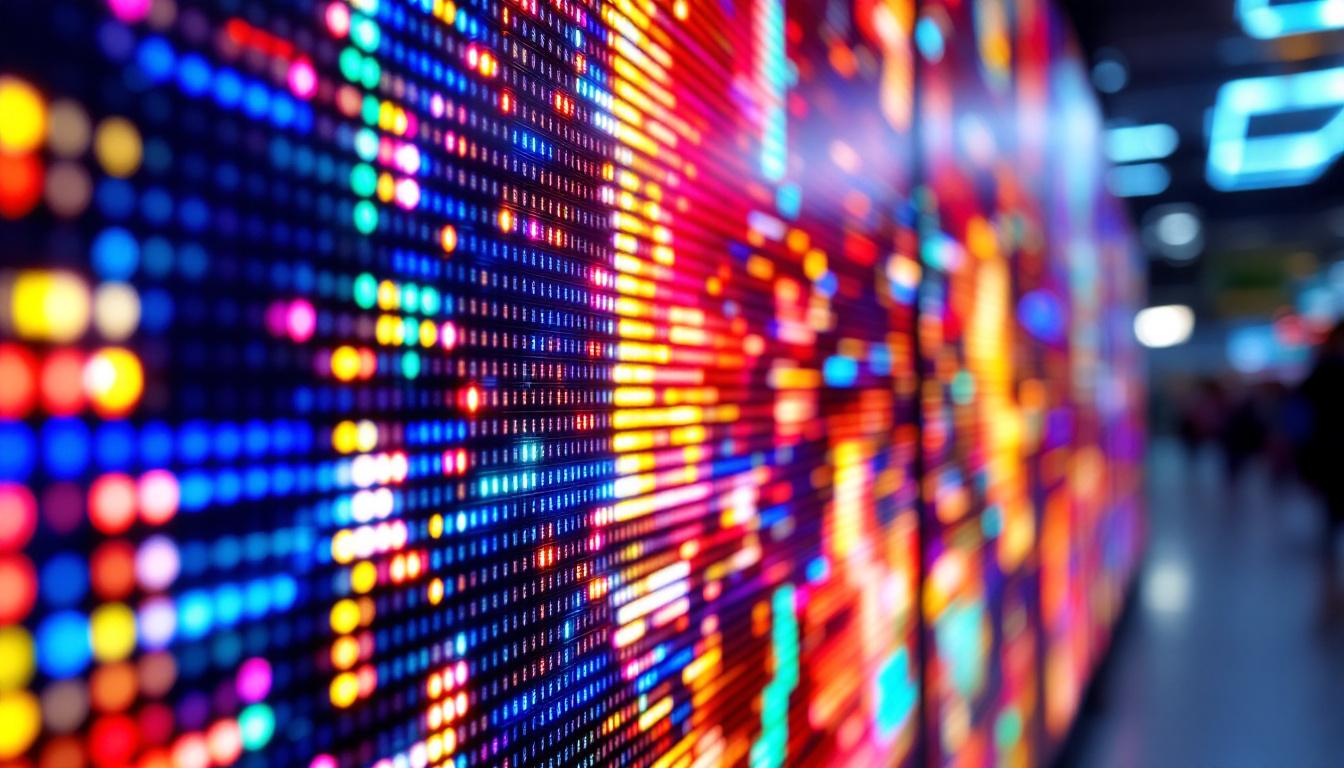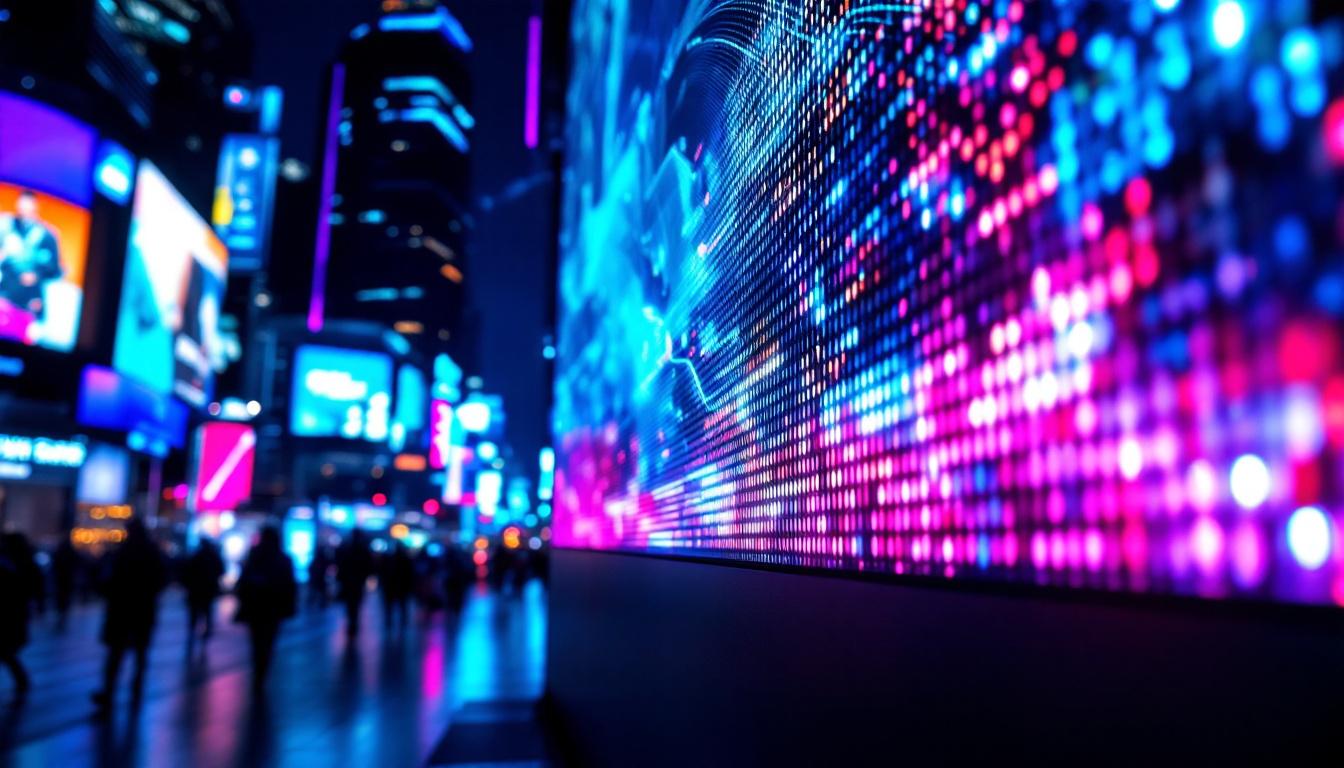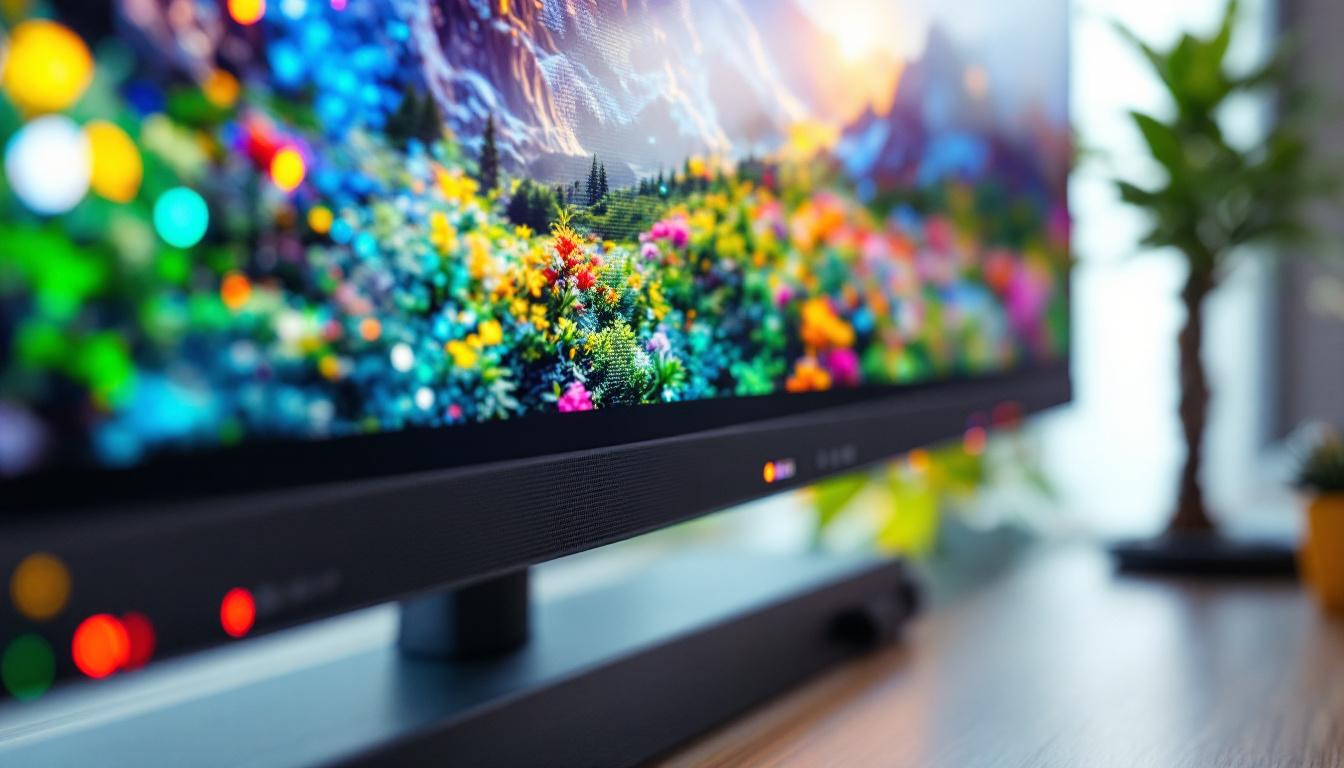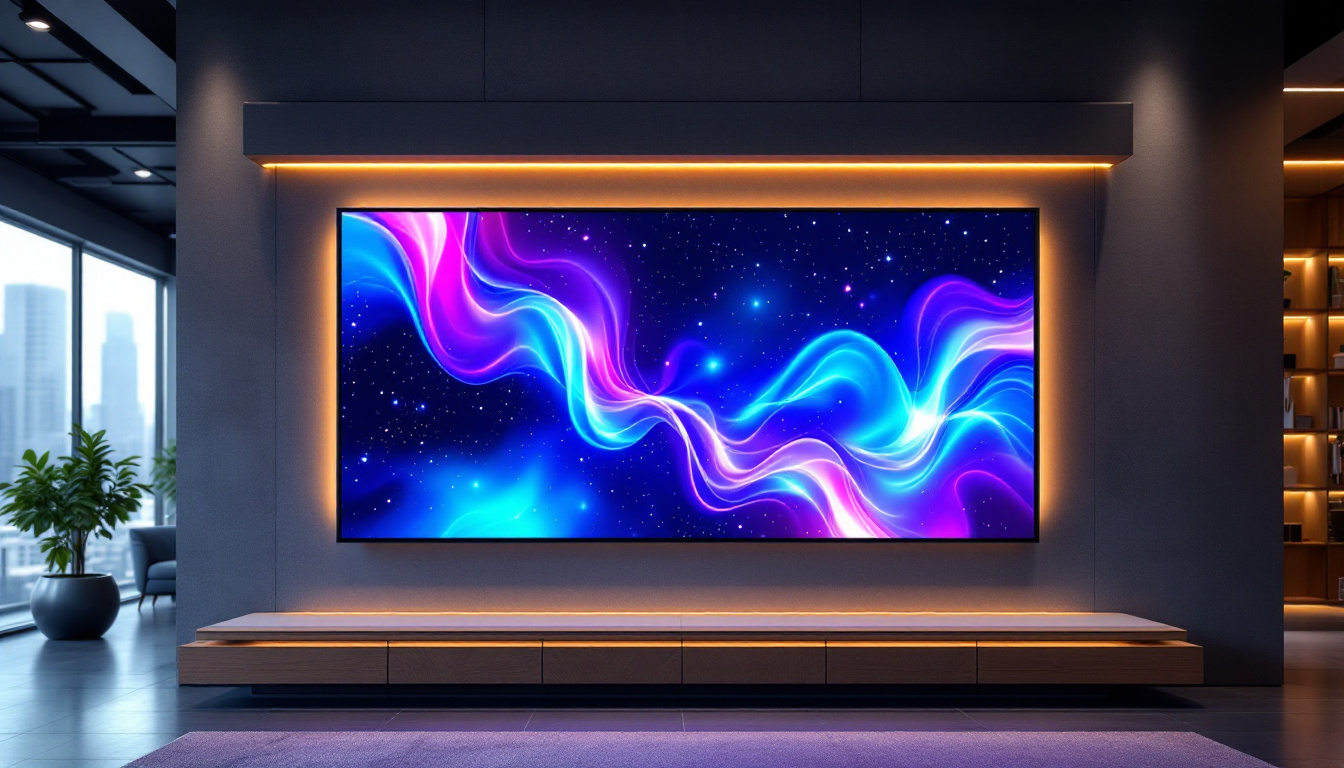In the modern world of entertainment and events, LED displays have become an integral part of staging and visual experiences. They are not just mere screens; they are powerful tools that can transform any venue into a captivating environment. This article delves into the intricacies of LED staging, exploring the technology behind LED displays, their applications, and the benefits they offer.
Understanding LED Technology
Light Emitting Diodes (LEDs) are semiconductor devices that emit light when an electric current passes through them. This technology has evolved significantly, leading to the development of LED displays that are widely used in various applications, including concerts, corporate events, and advertising. The advantages of LEDs extend beyond mere illumination; they are energy-efficient, have a long lifespan, and produce less heat compared to traditional lighting solutions, making them an environmentally friendly choice.
How LED Displays Work
LED displays are composed of numerous tiny LEDs arranged in a grid. Each LED can emit different colors, and by adjusting the brightness of each individual LED, a full spectrum of colors can be created. This is achieved through a process known as additive color mixing, where red, green, and blue (RGB) light is combined to produce a wide range of hues. The precision of this technology allows for stunning visuals that captivate audiences, whether in a stadium or on a city street.
When an image or video is displayed on an LED screen, the control system sends signals to the individual LEDs, dictating their brightness and color. The result is a vibrant and dynamic display that can be used for various purposes, from displaying text to showcasing intricate visuals. Furthermore, advancements in LED technology have led to the development of high-definition displays that can render images with remarkable clarity and detail, enhancing the viewer’s experience.
Types of LED Displays
There are several types of LED displays, each suited for different applications. The most common types include:
- Indoor LED Displays: These are designed for use in enclosed spaces, offering high resolution and brightness levels suitable for close viewing. They are often used in venues such as theaters, conference rooms, and retail stores to create an engaging atmosphere.
- Outdoor LED Displays: Built to withstand environmental conditions, outdoor displays are typically larger and have lower resolution than indoor displays but are much brighter to ensure visibility in sunlight. These displays are commonly found in public spaces, such as billboards and sports arenas, where they can attract attention from a distance.
- Transparent LED Displays: These innovative displays allow light to pass through, making them ideal for retail environments where visibility through the screen is essential. They can be used in shop windows or as part of architectural designs, blending technology with aesthetics.
Additionally, there are specialized LED displays like flexible LED screens that can be bent or shaped to fit unique spaces, and interactive LED displays that engage users through touch or motion sensors. These advancements open up new possibilities for creative installations and advertising strategies, allowing brands to connect with their audiences in immersive ways. As LED technology continues to progress, we can expect even more innovative applications that will redefine how we experience visual media.
Applications of LED Displays
The versatility of LED displays allows them to be used in a myriad of settings. Their applications span across different industries, enhancing visual communication and engagement.
Entertainment and Events
In the entertainment industry, LED displays are ubiquitous. Concerts, festivals, and live performances utilize large LED screens to provide stunning visuals that complement the audio experience. These displays can show everything from live feeds of the performers to intricate animations that enhance the overall atmosphere.
Moreover, LED walls can be configured in various shapes and sizes, allowing for creative staging solutions that captivate audiences. The ability to create immersive environments is one of the primary reasons why LED technology has become a staple in event production. For instance, during major music festivals, LED displays can be synchronized with lighting and sound systems to create a cohesive experience that resonates with attendees. This synchronization not only elevates the performance but also fosters a deeper emotional connection between the audience and the artists.
Advertising and Marketing
LED displays have revolutionized the advertising landscape. Digital billboards and signage can be found in high-traffic areas, delivering dynamic content that captures the attention of passersby. The ability to change messages quickly and easily allows advertisers to tailor their campaigns in real-time, maximizing impact.
Furthermore, the bright and vibrant nature of LED displays ensures that advertisements remain visible even in challenging lighting conditions, making them an effective tool for brands looking to stand out. In addition to traditional advertising, many companies are leveraging LED technology for interactive marketing campaigns. For example, some displays allow consumers to engage with the content directly through touch or motion sensors, creating a memorable experience that encourages brand loyalty. This interactivity not only attracts attention but also invites potential customers to participate in a dialogue with the brand, enhancing the overall marketing strategy.
Corporate and Educational Use
In corporate settings, LED displays are often used for presentations, conferences, and training sessions. They provide a clear and engaging way to share information, making it easier for audiences to absorb content. Additionally, many educational institutions are adopting LED technology to enhance learning environments, using displays to present interactive lessons and multimedia content.
In corporate environments, the integration of LED displays into meeting rooms and collaborative spaces fosters a more dynamic atmosphere for brainstorming and discussions. With the capability to display real-time data, graphs, and videos, these displays facilitate more effective communication among team members. Similarly, in educational settings, the use of LED screens can transform traditional classrooms into interactive learning hubs. Teachers can utilize these displays to showcase educational videos, conduct live polls, or even connect with guest speakers from around the world, enriching the learning experience and making education more accessible and engaging for students of all ages.
Benefits of LED Displays
The adoption of LED displays comes with numerous benefits that make them a preferred choice for many applications. Understanding these advantages can help organizations make informed decisions when considering LED technology for their needs.
Energy Efficiency
One of the most significant advantages of LED displays is their energy efficiency. Compared to traditional display technologies, LEDs consume significantly less power, which not only reduces operational costs but also minimizes environmental impact. This efficiency makes them an attractive option for long-term use, particularly in large installations.
Longevity and Durability
LED displays are known for their longevity. With a lifespan of up to 100,000 hours, they outlast many other display technologies. This durability is particularly beneficial for outdoor displays, which are exposed to the elements. Additionally, LEDs are more resistant to shock and vibration, making them suitable for dynamic environments like concerts and sporting events.
High-Quality Visuals
The quality of visuals produced by LED displays is another compelling reason for their popularity. With high brightness levels and excellent color accuracy, LED screens can deliver stunning images and videos that captivate audiences. The ability to create seamless large-format displays enhances the visual experience, making it more immersive.
Challenges and Considerations
While LED displays offer numerous benefits, there are also challenges and considerations that users must keep in mind. Understanding these factors can help organizations make the best choices for their specific needs.
Initial Investment
The initial cost of LED displays can be a barrier for some organizations. High-quality LED technology often comes with a premium price tag, which may deter smaller businesses or those with limited budgets. However, it is essential to consider the long-term savings associated with energy efficiency and durability, which can offset the initial investment over time.
Technical Complexity
Setting up and managing LED displays can be technically complex. Organizations may require specialized knowledge to operate the equipment effectively, particularly for large-scale installations. This complexity can necessitate hiring trained professionals or investing in training for existing staff, adding to overall costs.
Environmental Impact
While LED technology is generally more environmentally friendly than traditional displays, it is essential to consider the lifecycle of the products. The production and disposal of electronic components can have environmental implications. Organizations should seek to work with manufacturers that prioritize sustainability and responsible recycling practices.
Future Trends in LED Staging
The future of LED staging looks promising, with ongoing advancements in technology and design. Several trends are emerging that will shape the landscape of LED displays in the coming years.
Increased Resolution and Pixel Density
As technology continues to evolve, the resolution and pixel density of LED displays are expected to improve. Higher resolutions will enable more detailed and sharper images, making them even more suitable for close viewing applications. This trend will be particularly beneficial for indoor environments, where viewers are often closer to the screen.
Integration with Augmented and Virtual Reality
The integration of LED displays with augmented reality (AR) and virtual reality (VR) technologies is another exciting trend. As these technologies become more mainstream, LED displays will play a crucial role in creating immersive experiences that blend the physical and digital worlds. This integration will open up new possibilities for entertainment, education, and marketing.
Advancements in Flexibility and Design
Future LED displays are likely to become more flexible and adaptable. Innovations in design will allow for curved and irregularly shaped displays that can fit seamlessly into various environments. This flexibility will enable creative staging solutions that enhance the visual appeal of events and installations.
Conclusion
LED staging and display technology have transformed the way visual content is presented across various industries. With their vibrant colors, energy efficiency, and versatility, LED displays have become essential tools for enhancing experiences in entertainment, advertising, and education.
While there are challenges to consider, the benefits of LED technology far outweigh the drawbacks. As advancements continue to shape the future of LED displays, organizations that embrace this technology will be well-positioned to captivate audiences and create memorable experiences.
In a world where visual communication is paramount, LED displays are not just a trend; they are a fundamental component of modern staging and presentation. As the technology evolves, the possibilities for creativity and engagement will only expand, making LED displays an exciting area to watch in the years to come.
Illuminate Your Space with LumenMatrix
Ready to elevate your visual presentations with cutting-edge LED technology? LumenMatrix is at the forefront of LED innovation, offering a diverse range of solutions tailored to your unique needs. From Indoor and Outdoor LED Wall Displays to specialized options like Vehicle LED Displays, LED Posters, and even Custom LED solutions, we have the tools to transform your space into a dynamic visual experience. Discover how our LED Sports Displays, Floor LEDs, All-in-One, and Transparent LED Displays can revolutionize your visual communication. Don’t just follow trends—set them. Check out LumenMatrix LED Display Solutions today and start creating unforgettable experiences.

